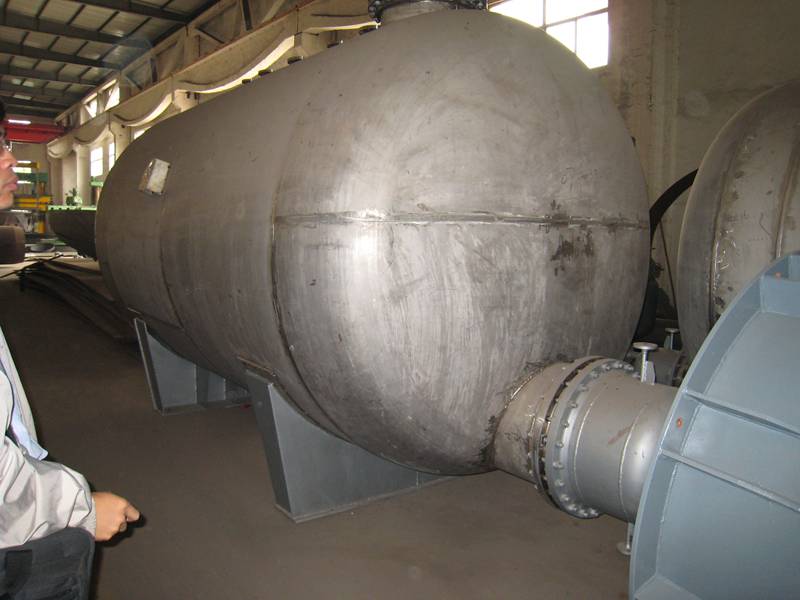Wuxi Weishitiong Machinery Co., Ltd.
Carbon Steel Volume TypeHeat Exchanger,Steel Volume Type Heat Exchanger,Positive Displacement Heat Exchanger


Wuxi Weishitiong Machinery Co., Ltd.
Carbon Steel Volume TypeHeat Exchanger,Steel Volume Type Heat Exchanger,Positive Displacement Heat Exchanger


| Payment Type: | L/C,T/T,Paypal |
|---|---|
| Incoterm: | FOB,CFR,CIF |
| Min. Order: | 1 Bag/Bags |
Brand: WST
Packaging: Unpackaged
Productivity: 1000
Transportation: Ocean
Place of Origin: Wuxi City,China
Supply Ability: 1000
Certificate: GB ASME PED
Port: SHANGHAI
Payment Type: L/C,T/T,Paypal
Incoterm: FOB,CFR,CIF

There are four primary classifications of heat exchangers according to their flow arrangement. In parallel-flow heat exchangers, the two fluids enter the exchanger at the same end, and travel in parallel to one another to the other side. Incounter-flow heat exchangers the fluids enter the exchanger from opposite ends. The counter current design is the most efficient, in that it can transfer the most heat from the heat (transfer) medium due to the fact that the average temperature difference along any unit length is greater. See countercurrent exchange. In a cross-flow heat exchanger, the fluids travel roughly perpendicular to one another through the exchanger.
Product Categories : Heat Exchanger